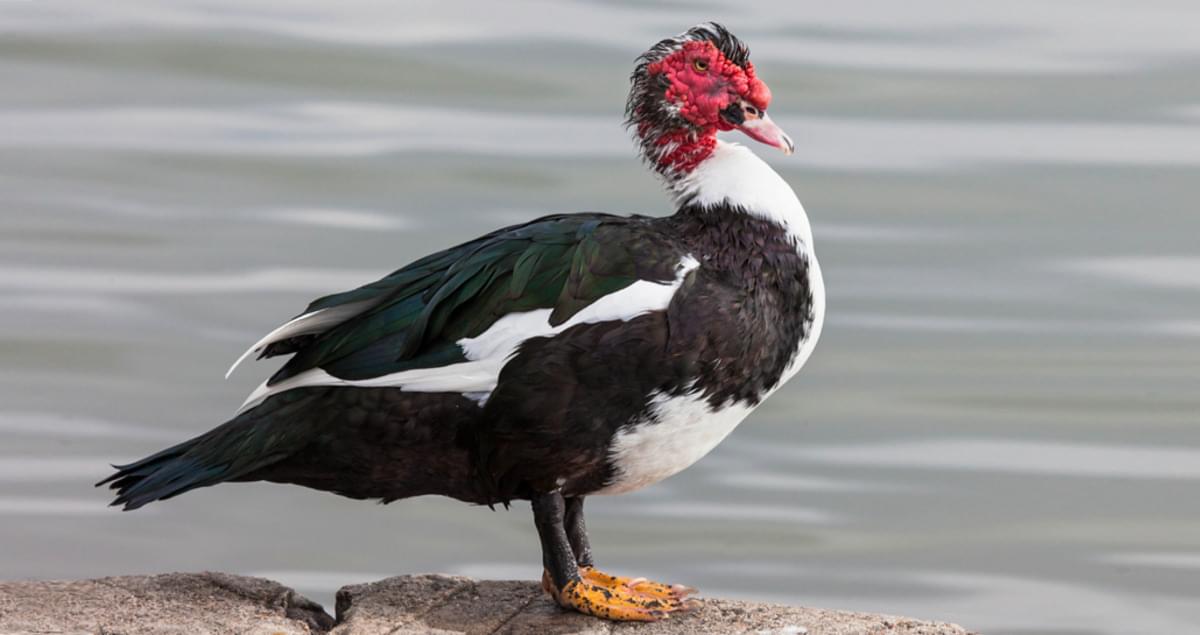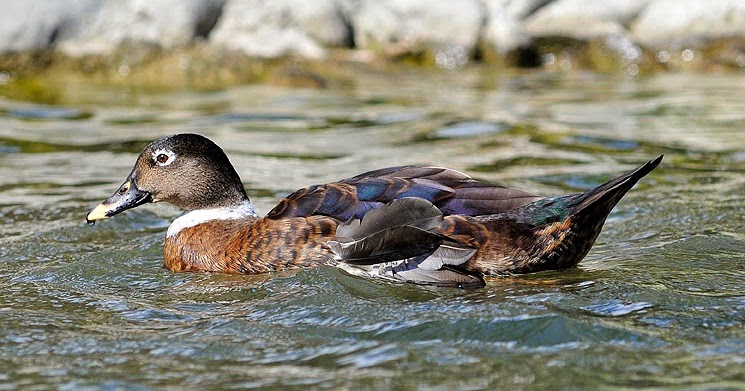Earnest lad
Well-known member
I recently spotted a Muscovy Duck in the wild at a large lake in Gtr Manchester.
As a keen birder I am always keen to get a lifer.
However I have some questions about this species that I would like to ask:
1. Can a sighting of this bird be considered a tick
2. I have heard that in the UK, the birds encountered in the wild are invariably "escapees or feral" birds. Does this mean that they might breed in the wild in the UK?
3. Is there a breeding population in the uK in the wild apart from escaped birds etc
If anyone can advise on this please I would be most grateful
Best wishes
As a keen birder I am always keen to get a lifer.
However I have some questions about this species that I would like to ask:
1. Can a sighting of this bird be considered a tick
2. I have heard that in the UK, the birds encountered in the wild are invariably "escapees or feral" birds. Does this mean that they might breed in the wild in the UK?
3. Is there a breeding population in the uK in the wild apart from escaped birds etc
If anyone can advise on this please I would be most grateful
Best wishes









